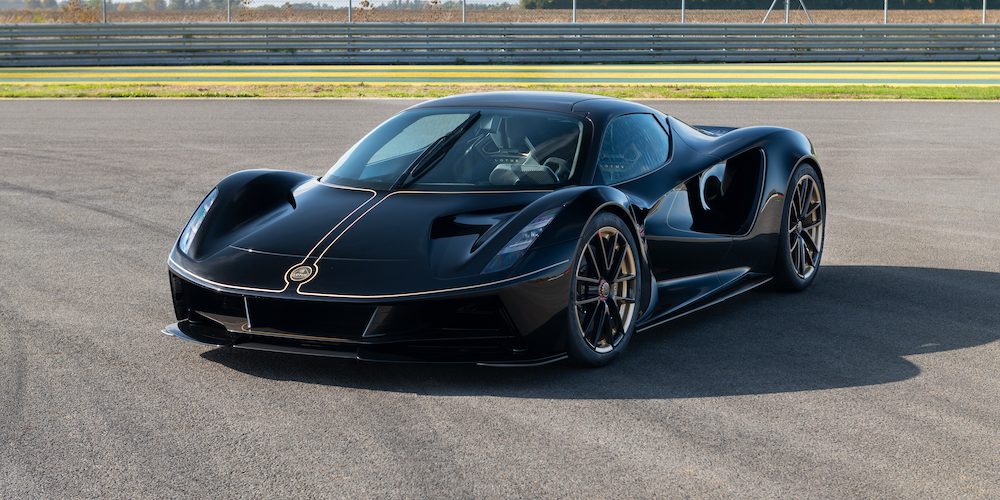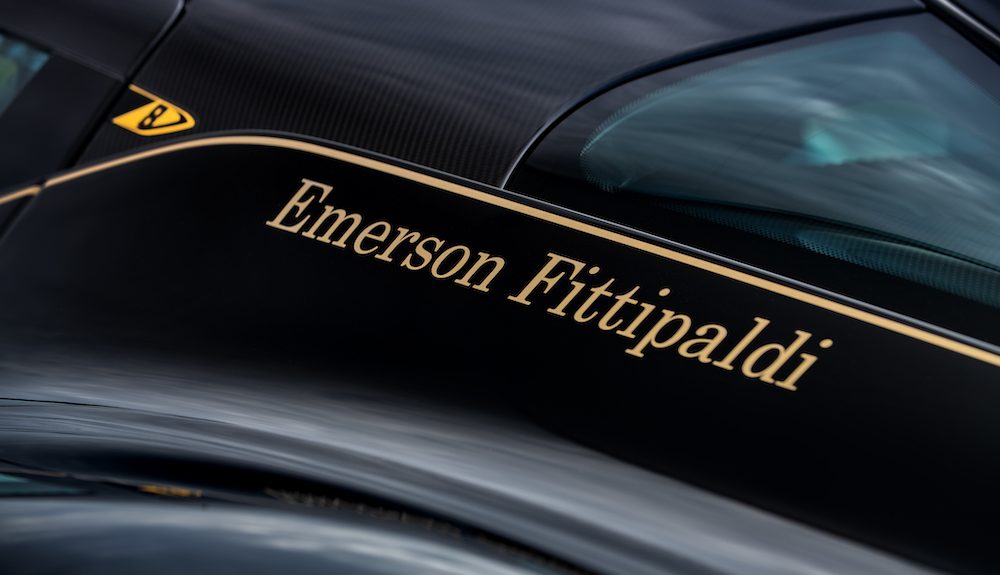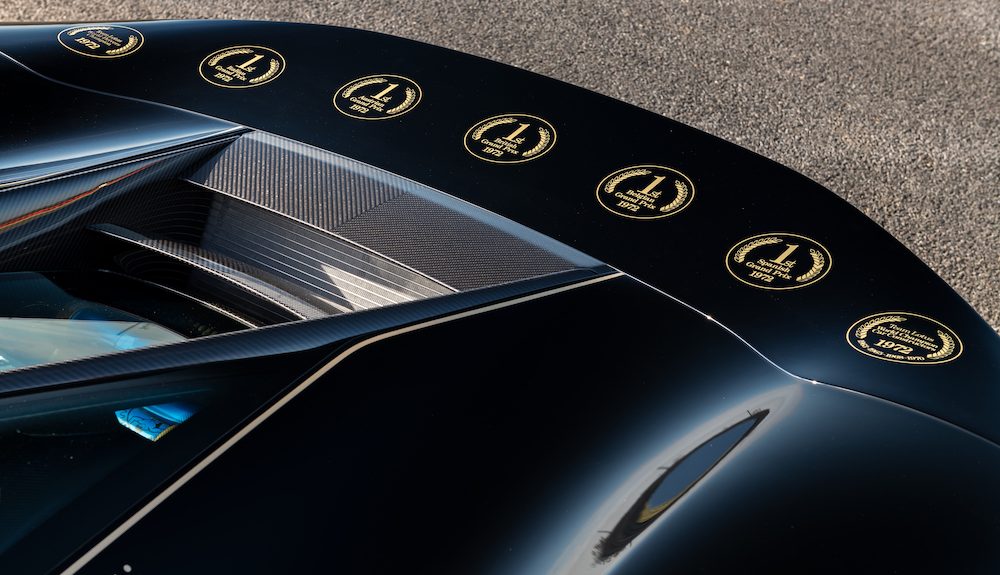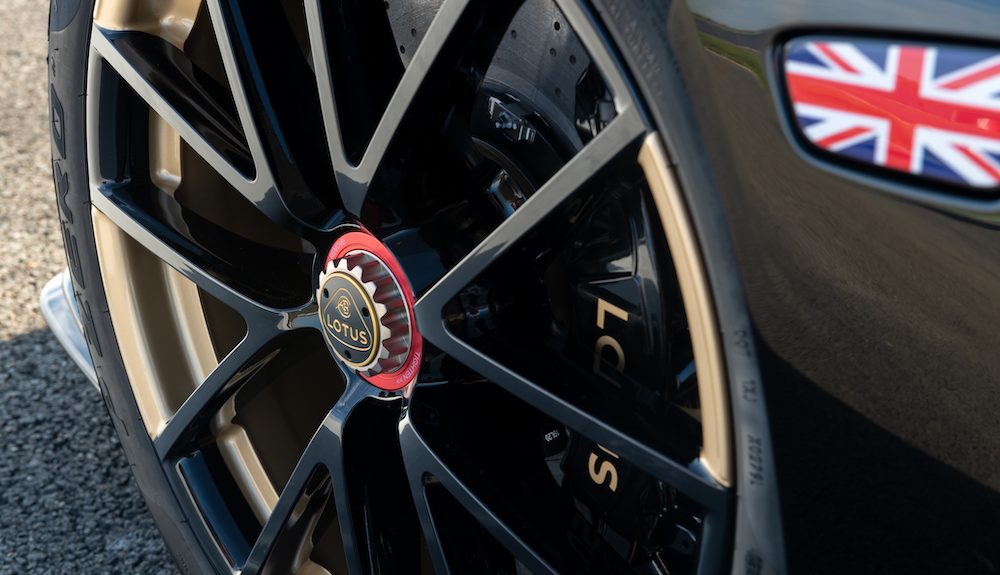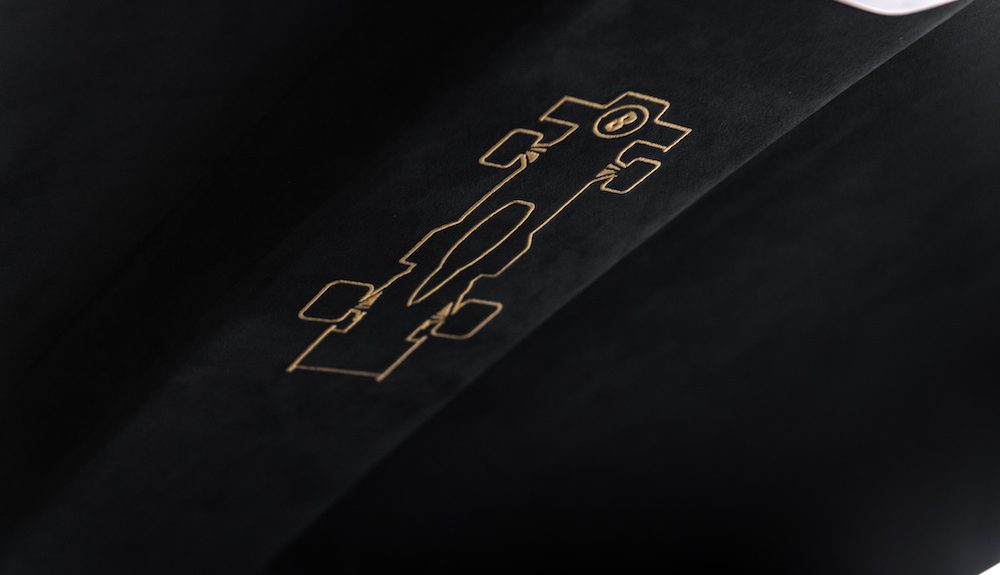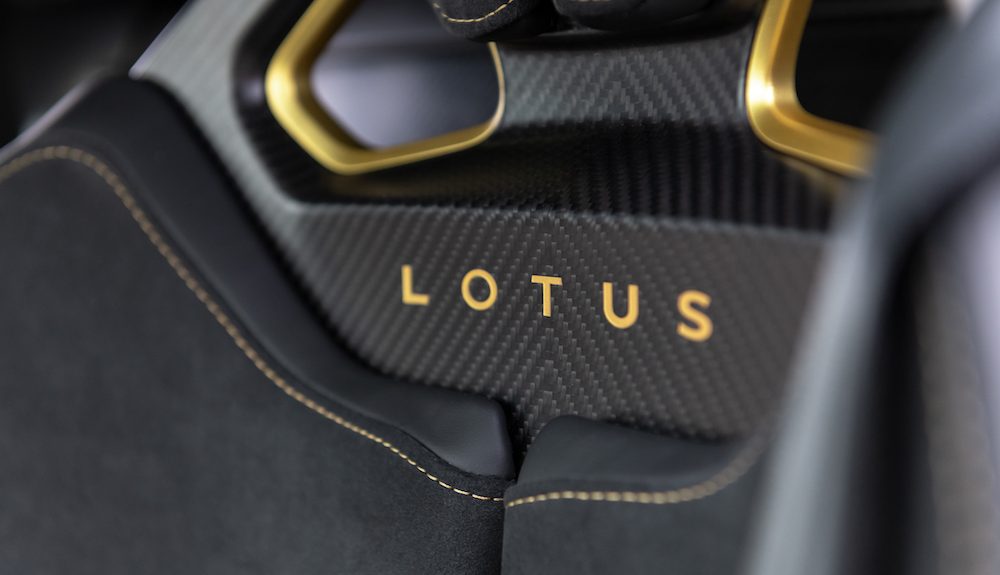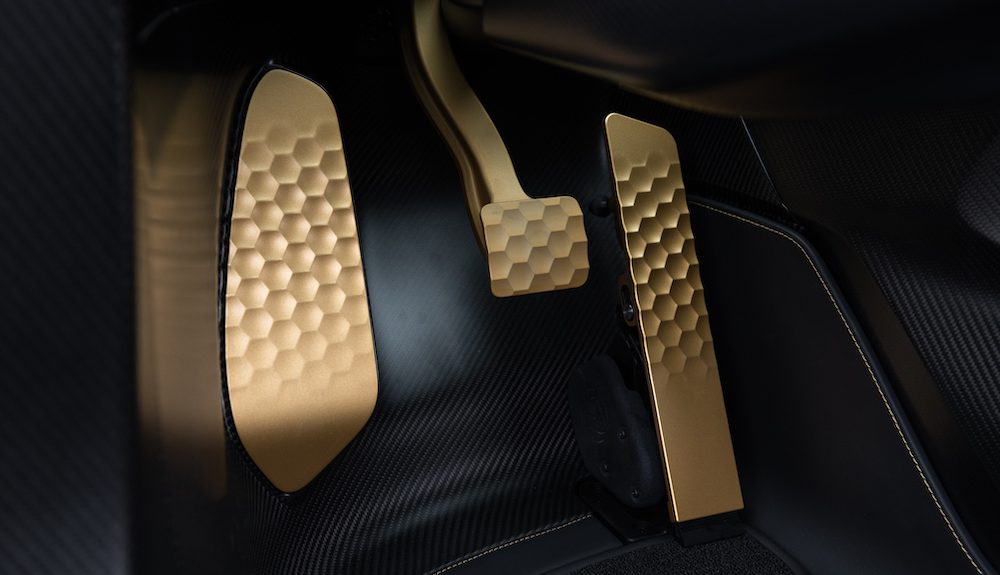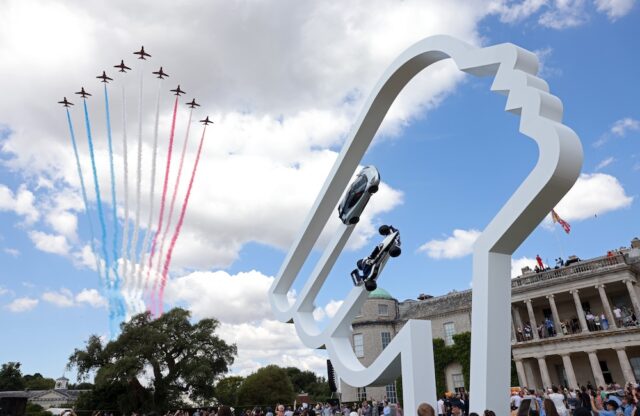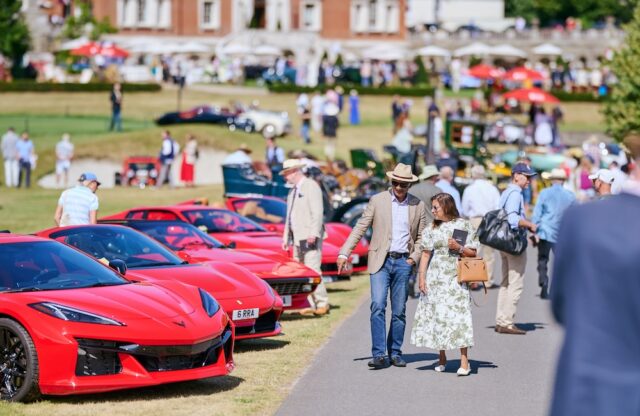Words: David Lillywhite | Photography: Lotus Cars
Lotus has launched a special edition of its Evija hypercar, the world’s most powerful production car, as a tribute to one of the greatest car-and-driver pairings that Formula 1 has ever seen.
The Evija Fittipaldi celebrates the 50th annversary of Emerson Fittipaldi winning the 1972 Drivers’ Championship for himself and the
Constructors’ Championship for Team Lotus. The young Brazilian racer won five of that season’s 11 races behind the wheel of the Lotus Type 72.
Just eight examples of the all-electric two-seater Evija Fittipaldi are being hand-built at Hethel in Norfolk, UK – and all are sold, with customer deliveries set to begin early next year. They’re finished in the famous black-and-gold colour scheme – also 50 years old in 2022 – while several other unique design features include a hand-tinted plan view of the Type 72 etched into the exposed carbonfibre roof, and Fittipaldi’s signature hand-stitched into the dashboard. In addition, the rotary dial on the floating central instrument panel has been hand-crafted from recycled original Type 72 aluminium.
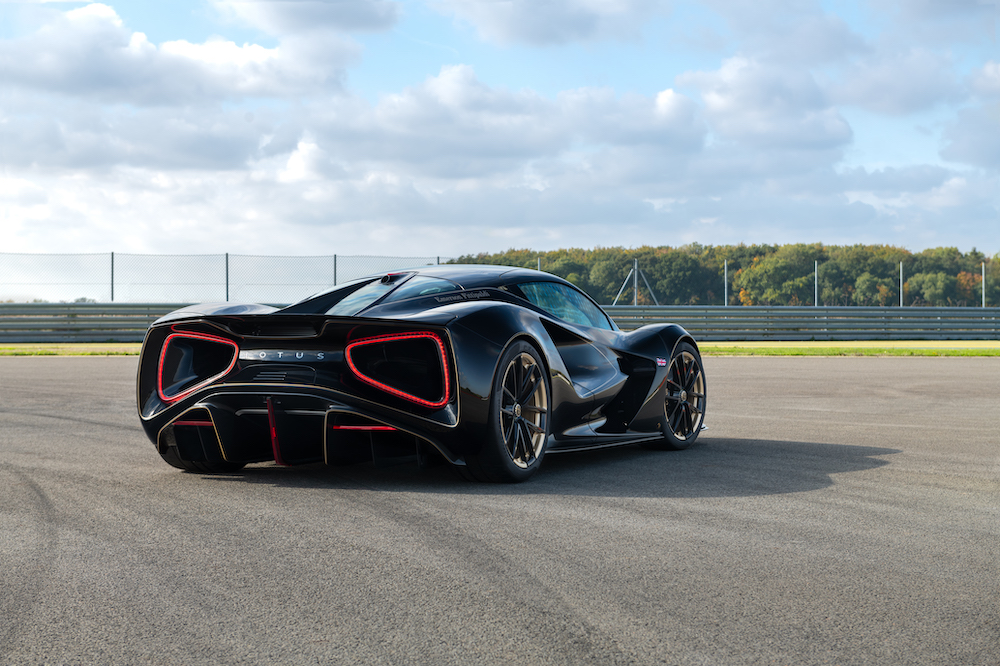
The new model was unveiled at a special gathering at Hethel with Emerson Fittipaldi, who said: “It’s fantastic to be back at Hethel for such a special occasion. I’ve really enjoyed being a part of this project, and it’s been a wonderful experience revealing the car to some of the new owners. Having the opportunity to drive both the Evija Fittipaldi and my championship-winning Type 72 Formula 1 car on the test track at Hethel has been an incredible experience.”
The highlight of the day for Magneto was seeing all eight surviving examples of the Type 72 – hence the number of Evija cars being built – brought together in one place and run on the Hethel test track.
The Lotus 72 gathering was organised through Classic Team Lotus, run by the family of Lotus founder Colin Chapman to maintain and operate Lotus F1 cars. Managing director Clive Chapman said: “Emerson Fittipaldi and my father enjoyed a very special relationship, and their spectacular success was a brilliant team effort by the dedicated designers and mechanics at Team Lotus. As one of motor sport’s most admired drivers, it is always emotional whenever Emerson is reunited with the Lotus Type 72, which he describes as the greatest car he ever raced.
“Bringing together the Lotus Evija, the Lotus Type 72, the black-and-gold livery and Emerson Fittipaldi, all in celebration of his World Championship victory 50 years on – need I say more?”
The specification of the Lotus Evija Fittipaldi includes its designation written on the bodywork in gold lettering to the side of the rear window, black-and-gold ‘Type 72’ wheels complete with anodised centre-lock surrounds – red on the left side of the car and green on the right – as well as black-and-gold brake calipers, decals that celebrate the Type 72’s race victories from 1972 on the active rear wing and a number 8 (Fittipaldi’s race number) applied to the B-pillar.
A carbon-and-gold Lotus nose badge completes the exterior styling, while inside, black leather interior with gold contrast stitching can be found throughout the cabin, along with exclusive roof-liner stitching and gold finishes to the air-vent surrounds, centre rotary dial, start/stop button and pedals.
Earlier in the week, Jenson Button visited Lotus to drive the Evija and Emerson’s Type 72 on the Hethel test track. It was the first time he had seen the Evija in production, and he also took one out on track to give it a shakedown before the launch of Evija Fittipaldi. Of the Evija, Jenson commented: “It sounds like a jet engine! You think of an EV as quiet, but it’s not. The torque is
astronomical. It’s amazing, it puts a big smile on your face. It feels like a spaceship – the driveability and
direction in the steering certainly lets you know you are driving a Lotus. I am amazed by the agility of it.
It is a Lotus of the future, and I can’t wait to drive my own Evija.”

Jenson also drove Emerson’s 1972 Lotus Type 72: “It’s lovely to get into a bit of racing history. There isn’t a lot of space, but everything is in the right position. It was easy to heel and toe. It’s a real privilege to drive such a special car.”
The Lotus Type 72 remains the most successful racing car not just of its day, but in F1 history. It was the first racing car to incorporate aerodynamics as part of its initial design. The integrated rear wing and front splitter were designed specifically to allow the car to slice through the air while also creating vital downforce. The Type 72’s air intake was relocated above the driver’s head, ensuring undisturbed and clean air could be sucked straight into the engine, while its radiators were placed in the sidepods of the car rather than the nose. This not only increased cooling efficiency, but also improved weight distribution – and therefore performance – in the process.
The same approach was also taken for the brakes, mounting them inboard rather than on each wheel to aid cooling as the tops of the discs protruded through the bodywork. The Type 72 was the first of what became the traditional ‘wedge on wheels’ designs that changed the look of F1 forever.

